Weddings are rich in rituals. Whether you’re planning an intimate gathering in a garden or a big celebration with all the bells and whistles, chances are your day will include at least a few traditions that have been passed down through the centuries. But where do these customs come from? And what happens when we look at them with fresh eyes, a sense of humour, and a Humanist perspective?
Let’s take a light-hearted stroll through the origins of some of the best-known wedding traditions — from veils and vows to bouquets and blue garters.
The Exchange of Rings
The circle, with no beginning and no end, has long symbolised eternity. Ancient Egyptians were among the first to use rings to signify love and commitment, wearing them on the fourth finger of the left hand, which they believed contained a vein that ran directly to the heart.
Sweet, isn’t it?
Romans picked up the idea, but in true Roman fashion, the ring was a symbol of ownership rather than equality. Thankfully, we’ve moved on a bit since then. Today, the exchange of rings is a mutual gesture of love, loyalty, and partnership — a physical reminder of a shared promise.
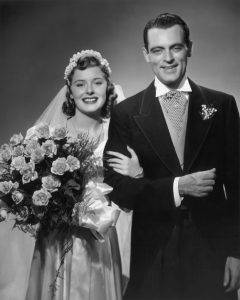 The Vows
The Vows
Vows are the beating heart of a Humanist wedding. Couples often write their own, crafting promises that are sincere, personal, and occasionally a little bit cheeky.
Historically, wedding vows were religious in nature, rooted in the church and often imposed rather than chosen. The traditional Anglican vows (“for better, for worse…”) date back to the Book of Common Prayer from 1549. But today, more couples are ditching the script and speaking from the heart.
The Traditional Roles: Father of the Bride, Best Man, Matron of Honour & Bridesmaids
Father of the Bride walking his daughter down the aisle is one of the most iconic moments in any wedding. But originally, this was less about sentiment and more about a transaction. The bride was literally being handed over — from one household to another. These days, thankfully, it’s more of an emotional moment than a legal one.
The Best Man? His role originally had little to do with speech-giving or ring-holding. In medieval times, he was chosen for his swordsmanship skills. Why? Because occasionally, he had to help the groom kidnap the bride from unwilling relatives! Thankfully, today’s best men mostly just have to worry about not losing the rings or embarrassing anyone in their speech.
Bridesmaids once dressed similarly to the bride not just to flatter her ego, but to confuse evil spirits (and possibly jealous exes). Apparently, the more lookalikes, the better the bride’s chances of making it to the altar unscathed.
Matron of Honour? She was traditionally an older, married woman believed to offer wise counsel and moral support. Now, she’s more likely to be your best friend or sister — wise counsel optional, moral support guaranteed.
The Veil and Other Dress Traditions
The bridal veil has long symbolised modesty and purity. In ancient Rome, brides wore bright red veils called flammeum, meant to ward off evil spirits. The veil was also used to obscure the bride’s identity — especially in arranged marriages, just in case the groom changed his mind!
White wedding dresses didn’t become popular until Queen Victoria married Prince Albert in 1840. Before then, the brides simply wore their best dress, whatever the colour. (So yes, your sage green or blush pink gown would have been absolutely on-trend in the 18th century.)
The Bouquet
Long before flowers were tossed in celebration, bouquets were made of strong-smelling herbs like garlic and dill to ward off evil. Romantic, right?
The Victorians changed all that, assigning symbolic meanings to different blooms. Orange blossom meant purity, ivy represented fidelity, and myrtle was the flower of love. Today, bouquets are as much a style choice as a symbolic one — though many couples still choose flowers with special meaning.
Tossing the bouquet? That originated from a somewhat grabby tradition where guests would try to rip pieces of the bride’s dress for good luck. The bouquet was a decoy thrown to distract the crowd. Clever!
The Garter
Another tradition steeped in superstition and a touch of medieval awkwardness. In ye olde times, it was considered good luck to leave a wedding with a piece of the bride’s clothing — hence the scramble. The garter was introduced as a more socially acceptable item to throw.
Today, it’s optional (and often played for laughs), though some couples still enjoy the moment as part of their evening festivities.
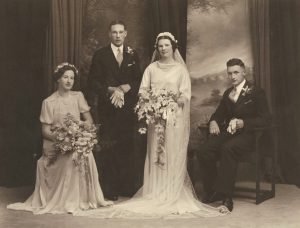 Something Old, Something New…
Something Old, Something New…
This rhyme actually comes from Victorian England:
Something old, something new, something borrowed, something blue, and a silver sixpence in her shoe.
Each item is meant to bring good fortune: – Old: continuity with the past – New: optimism for the future – Borrowed: happiness from a happily married friend – Blue: fidelity and love – Sixpence: prosperity.
These days, it’s a chance for creativity and sentiment. A grandmother’s brooch as the ‘something old,’ a borrowed hairpin from a best friend, or blue shoes tucked under a flowing dress. Beautiful symbols of connection across generations.
Not Seeing Each Other the Night Before
This tradition comes from arranged marriage days when seeing the bride beforehand might make the groom rethink the deal! It also helped prevent any runaway brides or last-minute objections.
These days, it’s often seen as a sweet way to build excitement and anticipation. But more couples are opting to wake up together on the day — sometimes even getting ready side by side. As with all traditions, it’s your day, your choice.
Throwing Confetti
Throwing confetti is one of the most joyful, celebratory moments of any wedding — but it started with something a little crunchier. The word “confetti” comes from the Italian word for sugared almonds, which were originally thrown at celebratory events like weddings and carnivals. Over time, these were replaced with rice (symbolising fertility), and eventually the colourful paper confetti we know today.
These days, biodegradable confetti made from petals or paper is popular — better for the environment and just as fun to be showered in as you take your first steps into married life!
Rewriting the Rules
What I love about Humanist weddings is that we get to take these traditions and ask: “Do they still serve us?” If the answer is yes, wonderful! If not, we reinvent them, skip them, or find new rituals that feel authentic.
Traditions can be lovely — but they’re not rules. You’re not bound by them. You’re free to celebrate in a way that’s meaningful to you. Whether that means keeping the confetti and ditching the garter or tossing out the lot and starting fresh — it’s entirely up to the two of you.
You can walk yourself down the aisle. You can both have bouquets. You can write vows that mention dogs, dishwasher etiquette, or dreams of travelling the world. You can keep the veil or swap it for a crown of wildflowers. It’s your love story — and every part of your ceremony should reflect that.
So, whether you embrace these traditions, reimagine them, or leave them behind altogether, just remember you’re not bound by history. You’re free to create a wedding that’s completely, joyfully, and unapologetically yours.
If you’d like help creating a ceremony that blends the old with the new in your own unique way, I’d love to chat. No kidnapped brides or garlic bouquets, I promise!

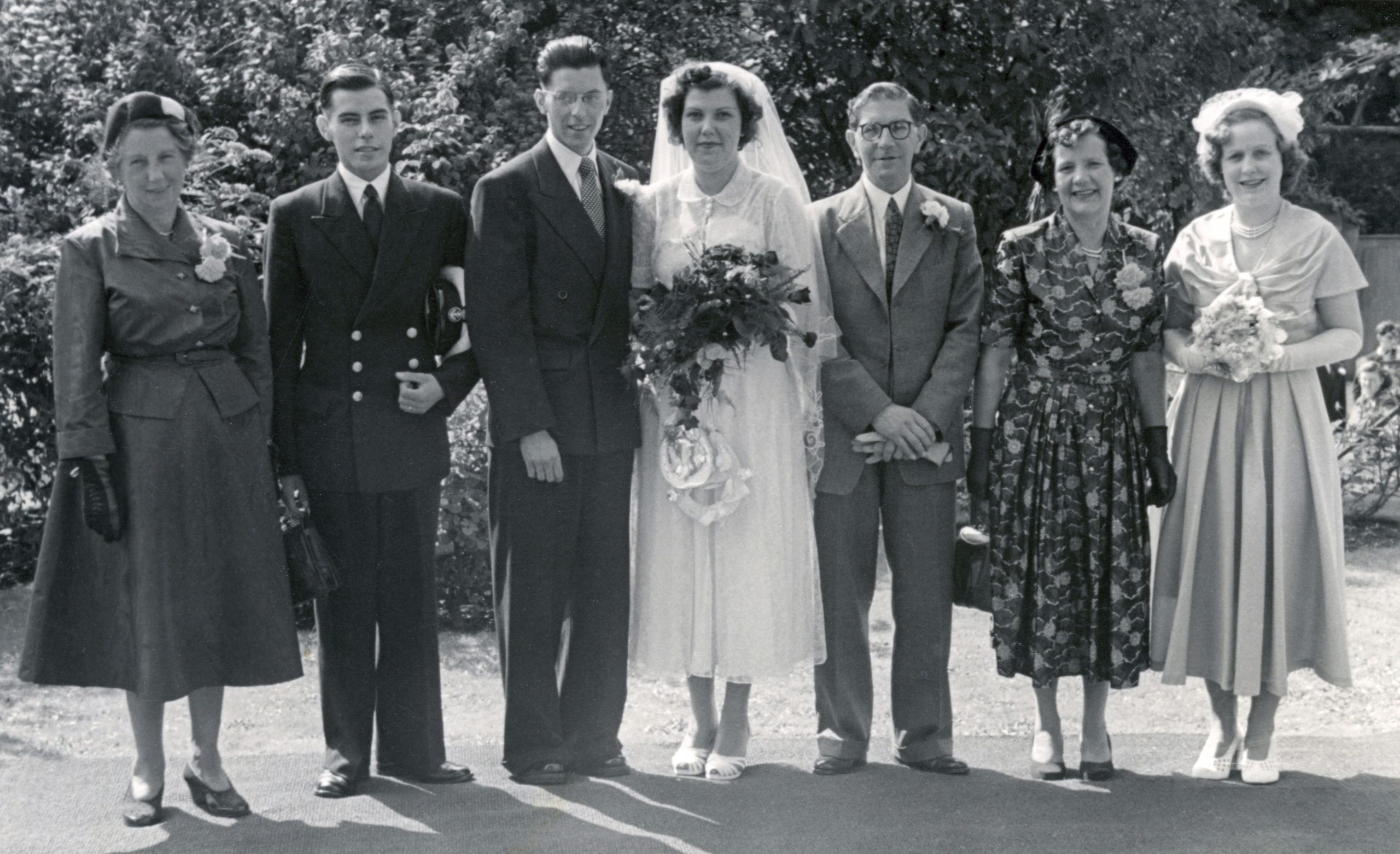
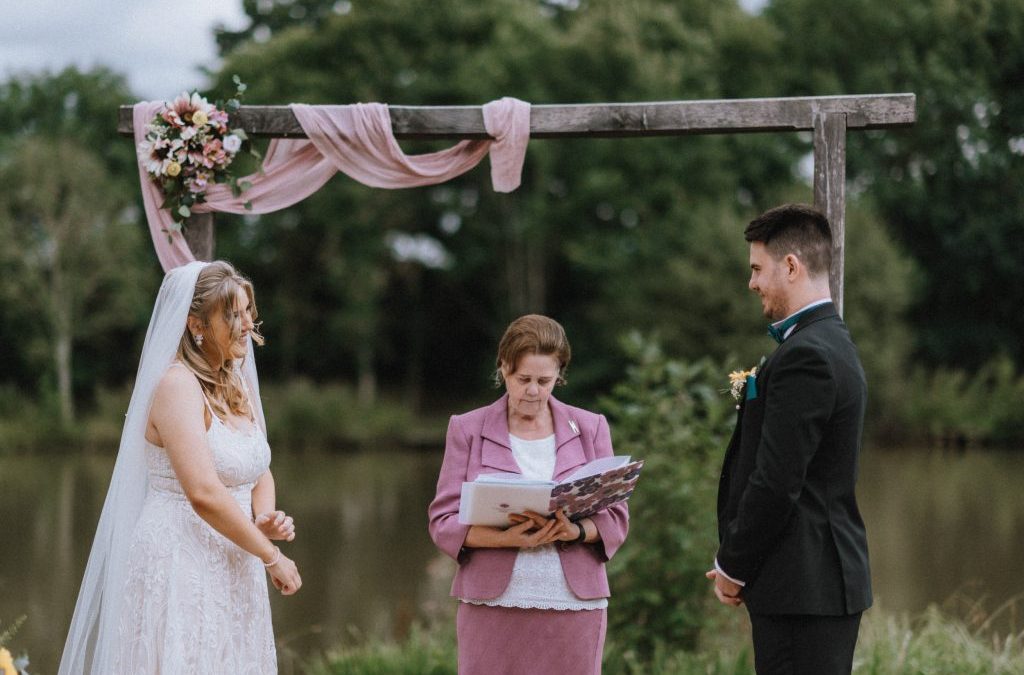
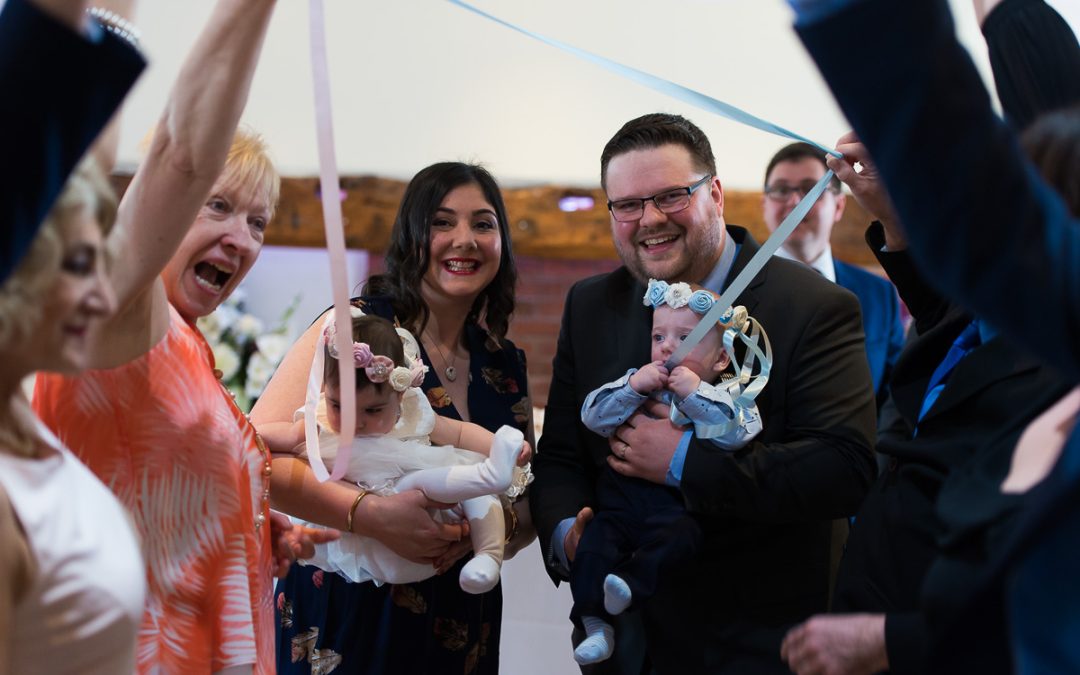

0 Comments